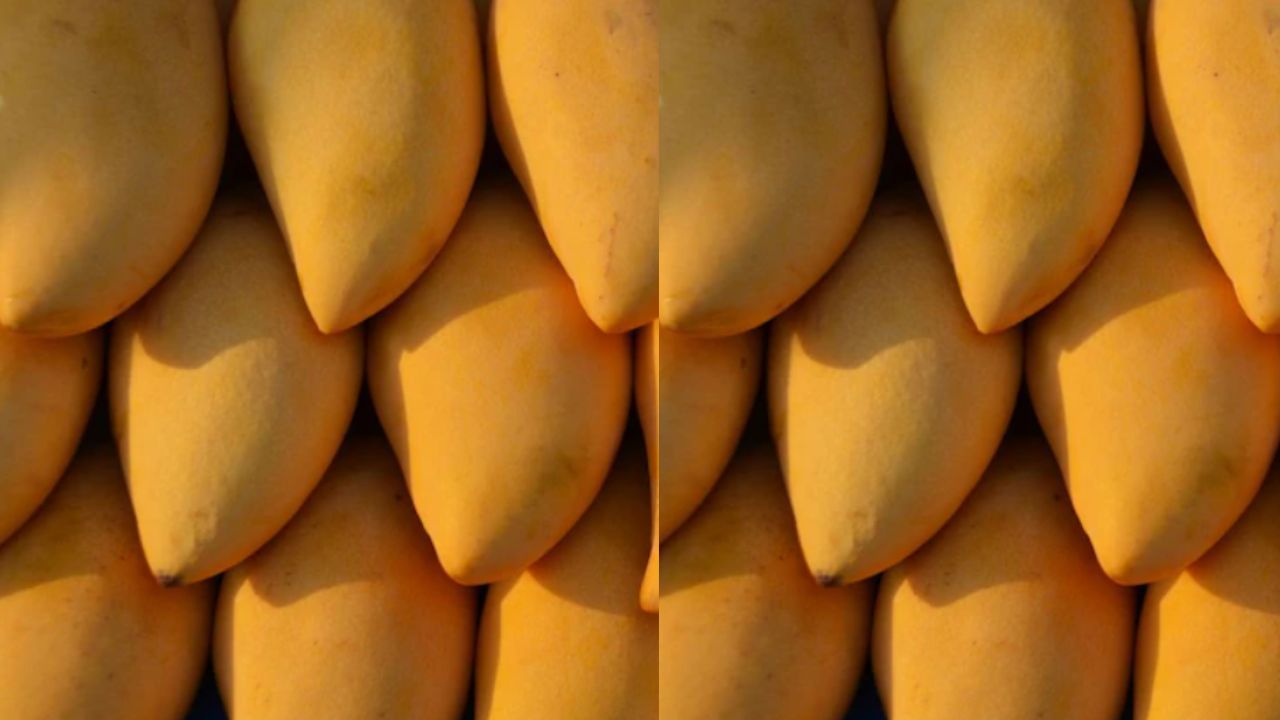For years, mangoes have been a fruit that many diabetics avoid, fearing their natural sweetness could spike blood sugar levels. However, health experts are now challenging this belief, saying that diabetic patients can enjoy mangoes — but only in moderation and with the right approach.
The Sweet Dilemma
Mangoes, often called the “king of fruits,” are rich in vitamins, minerals, and antioxidants. But their natural sugar content has made them a controversial choice for people managing diabetes. According to nutrition experts, it’s not just the sugar level that matters, but also how the fruit is consumed and what it’s paired with.
“Mangoes have a medium glycemic index (GI), which means they don’t cause a sudden spike in blood sugar if eaten in controlled portions,” explains Dr. Radhika Mehra, a clinical nutritionist. “The key is moderation, portion control, and timing.”
Nutritional Benefits of Mangoes for Diabetics
Mangoes are a powerhouse of nutrients. They contain vitamin C, vitamin A, folate, and fiber, all of which contribute to overall health. For diabetic patients, the fiber in mangoes can help slow down sugar absorption in the bloodstream, preventing sudden glucose spikes. Additionally, mangoes have antioxidants like beta-carotene and polyphenols, which may reduce inflammation and support heart health — an important consideration for diabetics.
Portion Control Is Key
Health experts recommend that diabetic individuals should limit their mango intake to about half a cup of sliced mango (approximately 50–60 grams) at a time. Eating them during the day rather than late at night is also advised, as the body is more active and capable of managing blood sugar fluctuations during the day.
Dr. Mehra adds, “Never consume mango juice or packaged mango-based drinks if you have diabetes, as these often contain added sugars and lack fiber. Whole, fresh mangoes are always the better choice.”

Pairing Mangoes With the Right Foods
To minimize blood sugar spikes, diabetics should pair mangoes with foods rich in protein or healthy fats. For instance, combining mango slices with unsweetened Greek yogurt, a handful of nuts, or cottage cheese can slow down sugar absorption. This not only keeps glucose levels stable but also makes the snack more filling.
The Glycemic Load Factor
While the glycemic index measures how fast a food raises blood sugar, glycemic load (GL) considers both the quality and quantity of carbohydrates consumed. A small serving of mango has a low to moderate GL, making it manageable for diabetics when eaten in the right portion.
Who Should Avoid Mangoes?
Although mangoes can be enjoyed by many diabetic patients, those with uncontrolled blood sugar levels or on strict carbohydrate restrictions should consult their doctor before adding them to their diet. Pregnant women with gestational diabetes should also seek medical advice before consuming mangoes regularly.
Expert Advice in a Nutshell
- Choose fresh, ripe mangoes — avoid canned or processed varieties.
- Limit portion size — stick to half a cup per serving.
- Pair with protein or healthy fats — to slow sugar absorption.
- Eat during active hours — preferably in the morning or afternoon.
- Monitor blood sugar — especially after introducing mangoes into your diet.
The Bottom Line
Diabetic patients don’t have to completely give up the joy of eating mangoes. With careful portion control, smart food pairing, and mindful timing, mangoes can be a part of a balanced diabetic diet. As Dr. Mehra sums up, “It’s not about banning fruits; it’s about learning to enjoy them wisely.”
